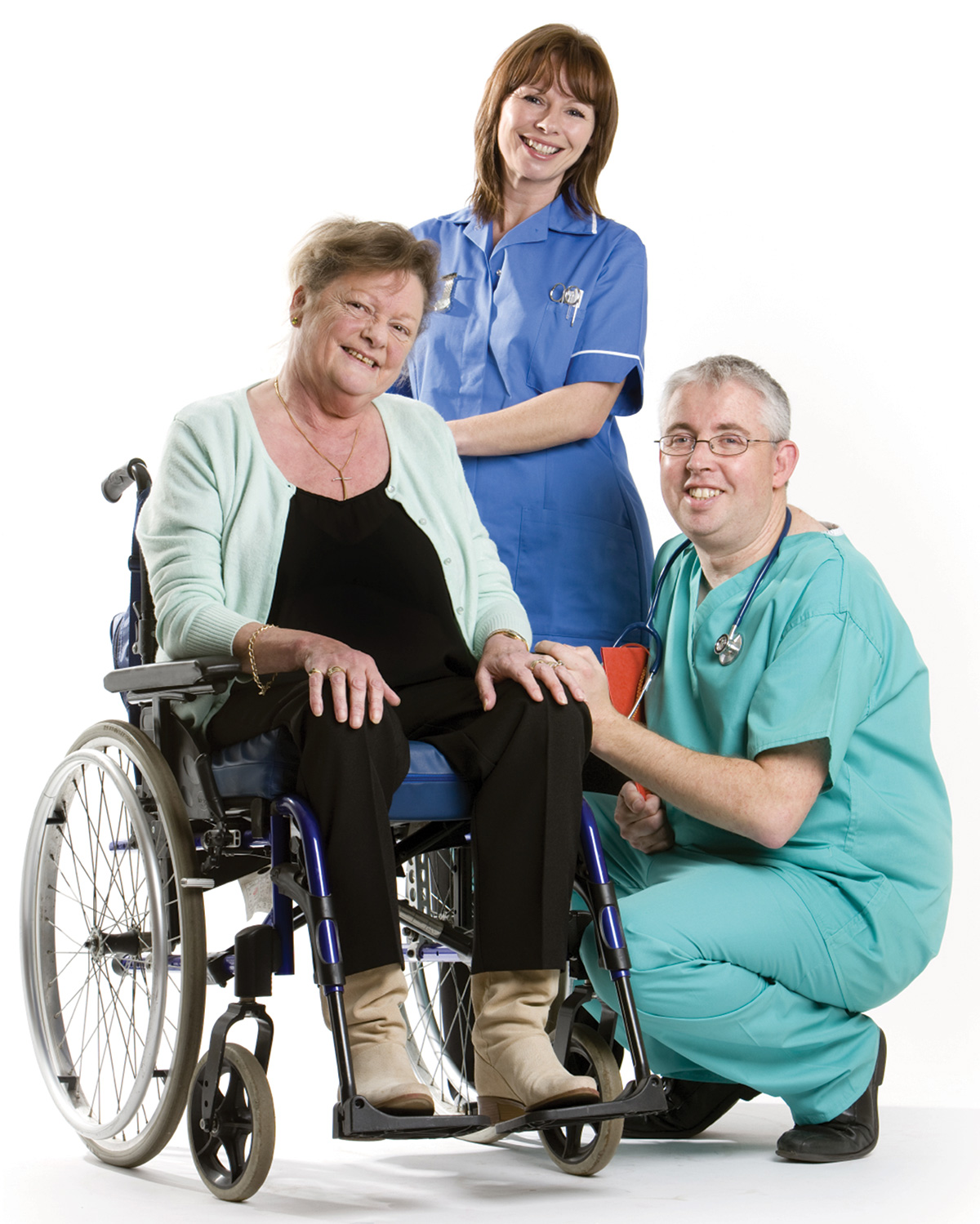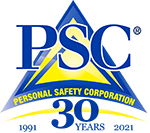One thing leads to the other, I believe. Keeping fit could aid greatly to one’s comfort–which reminds me–I’d better renew that underused gym membership of mine. The benefits of getting fit are manifold, but the problem is, I actually have to do it.
I tell you what, you write me back on this here blog, and I’ll match any exercise you, a loved one, or a patient with limited mobility does. Sound like a deal? Take it easy on me if you just did a 100 mile marathon, or swam the English Channel. But, if you didn’t just do said marathon and need help getting motivated, here is an article that might help you out.
Now that we have that pesky exercise business out of the way, lets get to the more comfortable part of this post. There are a lot of ways that wheelchair use can be made more bearable. It almost goes without saying that we are dealing with a less than ideal situation, but taking a few simple steps could make the experience better, and, like the English say, “Keep calm and carry on.” I can’t imagine anything less calming than pressure ulcers, can you? SecureSafetySolutions.com has many wheelchair solutions for Elders, click the link to view our full selection. Beyond products, this article offers other best practices for wheelchair users. I thoroughly enjoy the author, Tiffiny Carlson’s candor and sense of humor in the aforementioned article, as well as the others that I have read.
What hacks, tricks, or tips do you have for wheelchair use, comfort and safety? We would love to hear from you.



